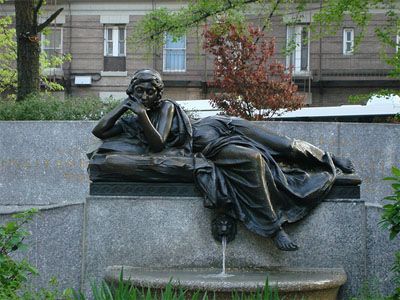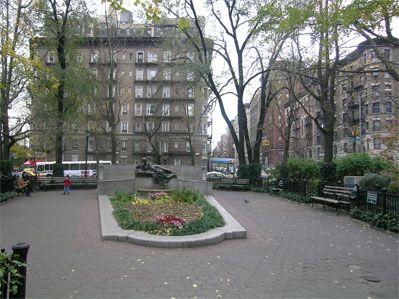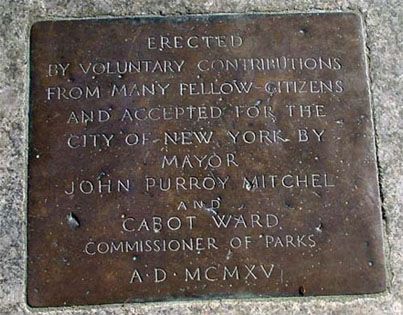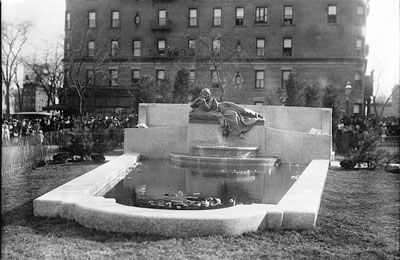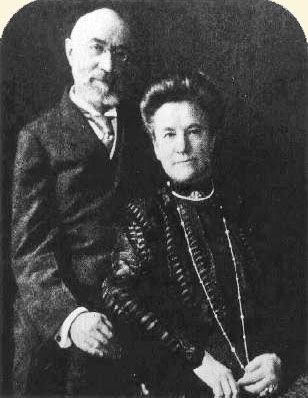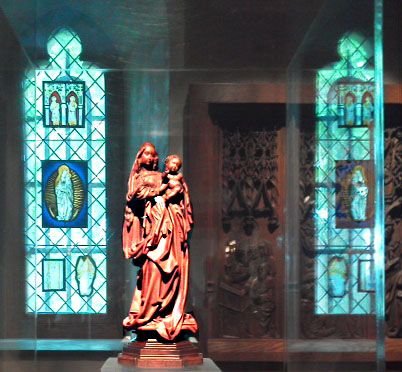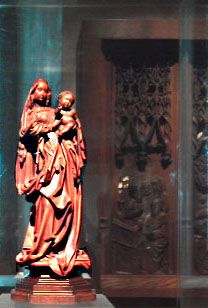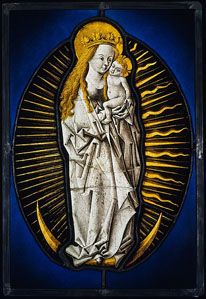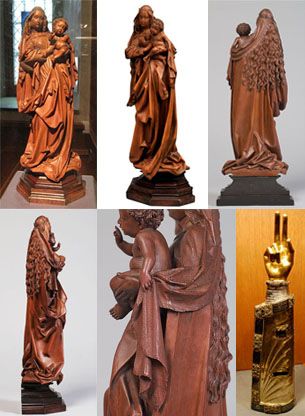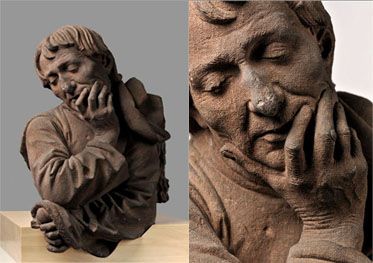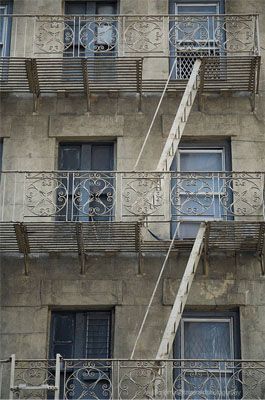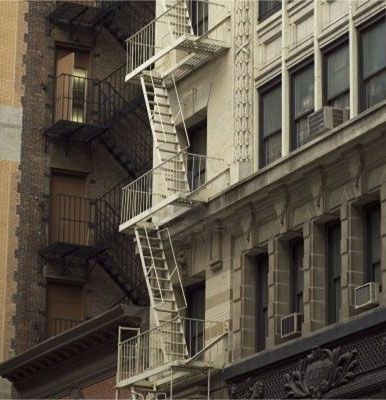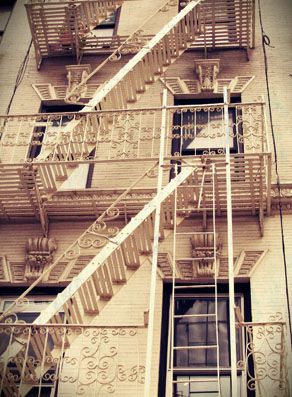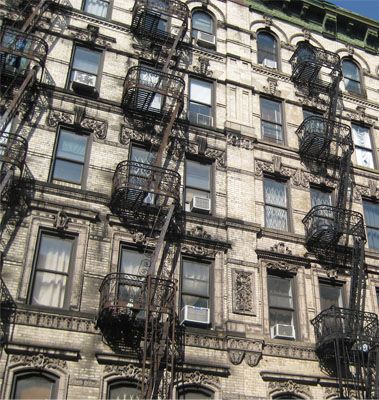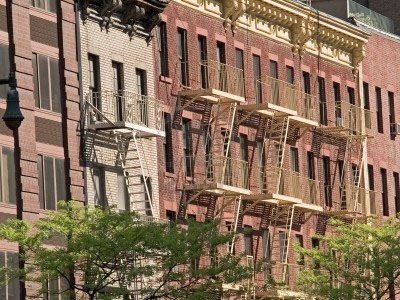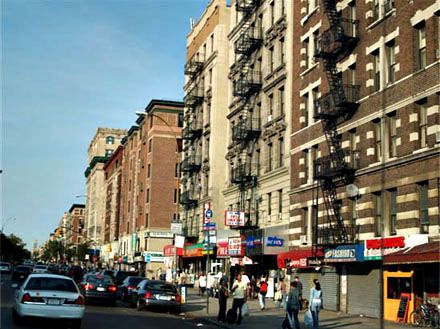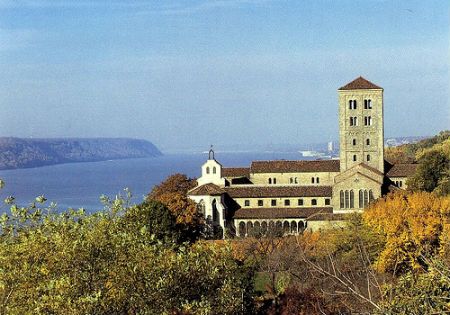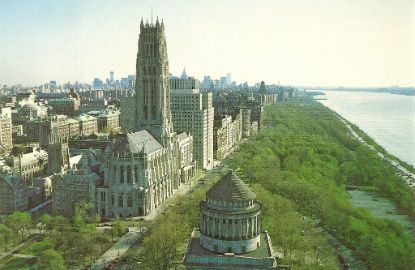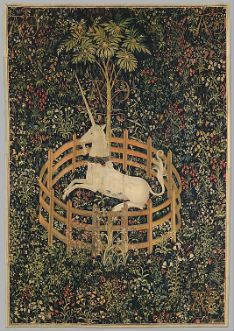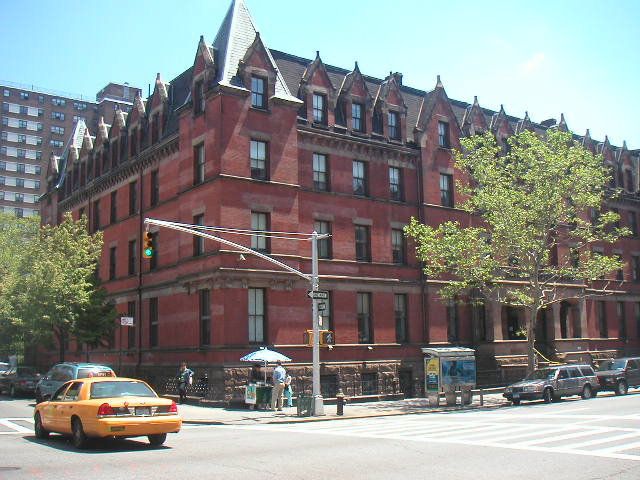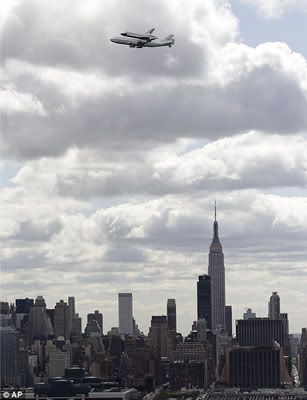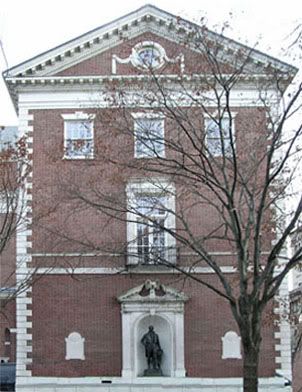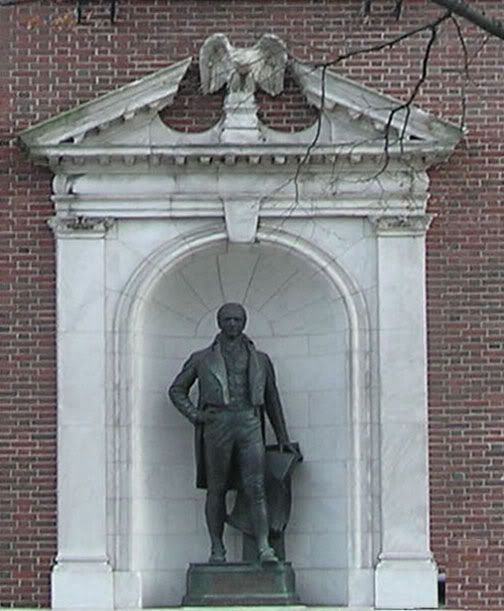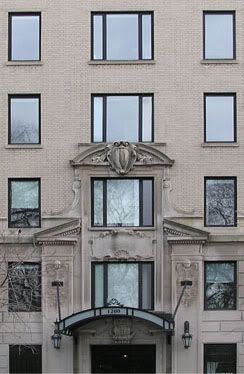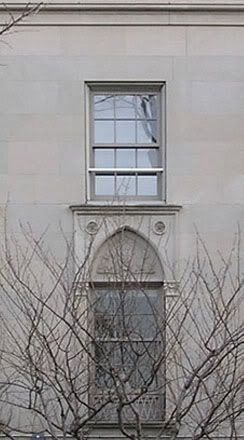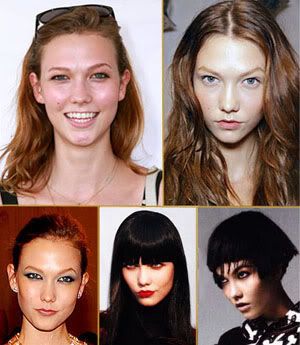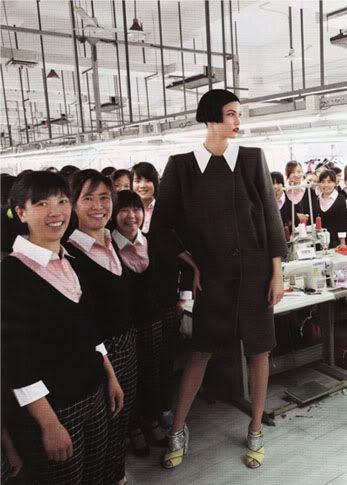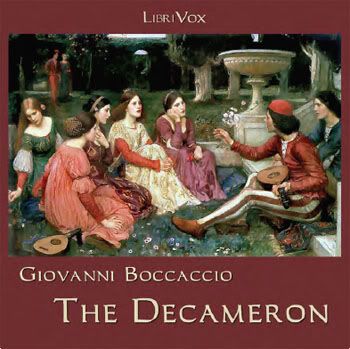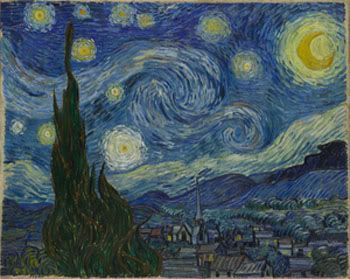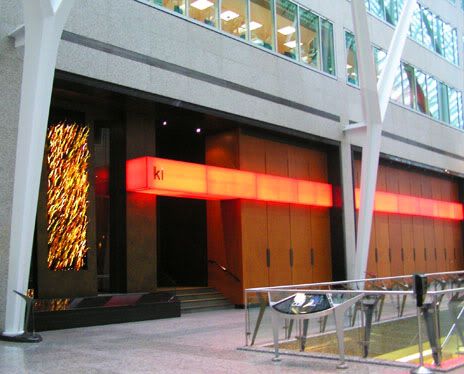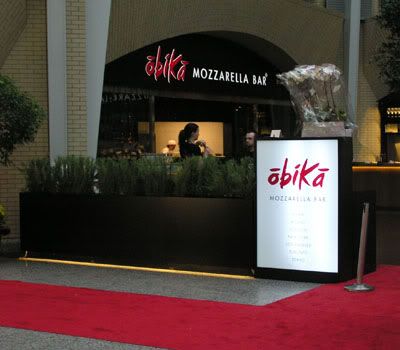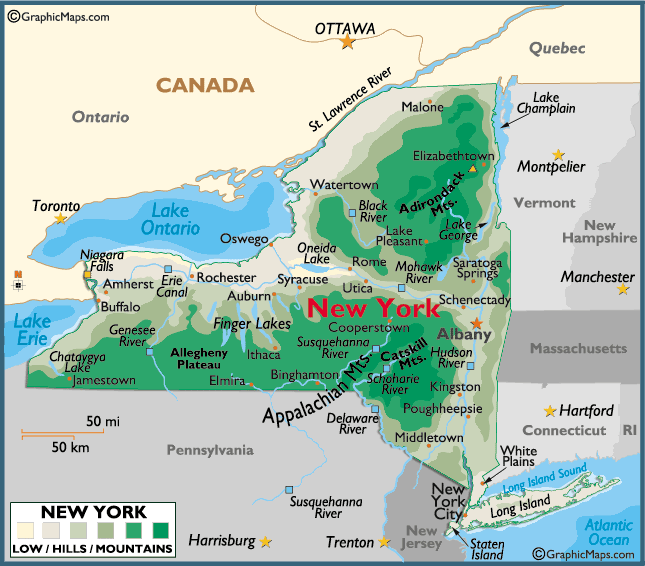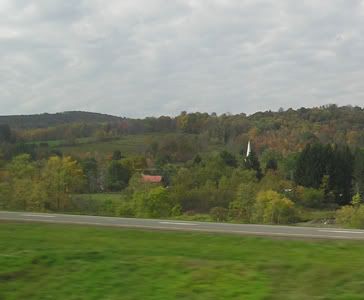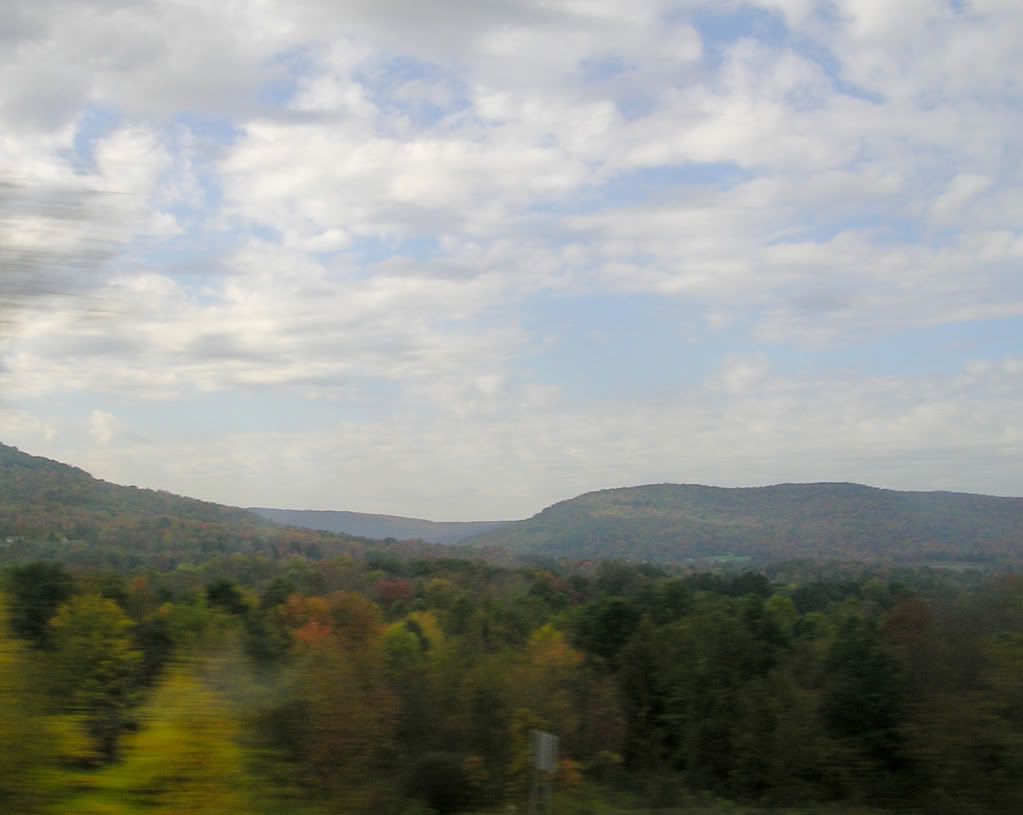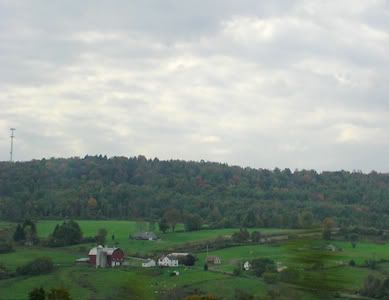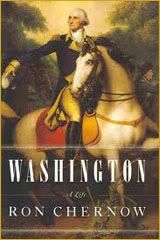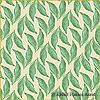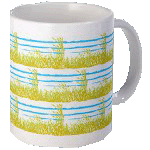Ki Japanese Restaurant in Brookfield Place
[Photo by KPA]
Beauty in this city is mired by strangeness, or alien-ness (ugliness?).
Brookfield Place, photos of which I posted in my previous blog post, looks like it has very little retail activity (perhaps I'm unfairly comparing it to the chaotic
Eaton Centre). Most of the stores are underground, separate from the main floor's
Allan Lambert Gallery and its three-story high glass structure. That's not the strange part; in fact, I think it is a great design feat to make the place look empty of commerce, when it is commercial at its core.
What is strange is the dominance of Asian (and specifically Japanese) restaurants in the center. There are two Japanese (or Japanese sounding) sit-down, formal restaurants of the four formal
restaurants in the center. The two non-Japanese formal restaurants are generic (European?). One (Marché) sounds French, but it is simply the French influence in Canadian names, and the food ranges from oysters to grilled chicken. The other is a diner-restaurant called Pumpernickel, and the name says it all.
The Japanese-sounding restaurant is called Obika. Its sign has Japanese-looking script with the appropriate accents, and its interior has Japanese decor and seating. But it is actually an Italian restaurant trying to look Japanese. Its menu even includes "zucchini sushi" (smoked mozzarella wrapped in grilled zuchinni, as a waiter described to me). Here's what a May 13, 2011
review by the
Globe and Mail about Obika:
Obika does not boast the clichéd hallmarks of an Italian eatery. There are no red-checkered tablecloths, cans of tomatoes or garlic braids. In fact, the southeast corner of Brookfield Place in the heart of Toronto’s financial district looks more like a Japanese restaurant with its black and red color scheme, stark calligraphy typeface and sushi bar set-up where fresh ingredients are featured front and center in the glass display.
Of the four formal restaurants, two are Asian. Three of the six Asian (formal and fast food) restaurants are Japanese (I will include Obika in this group since visitors will assume Obika is Japanese from its signage, and part of its menu includes Japanese-style foods such as zucchini sushi).
Obika (Japanese but Italian?) Restaurant in Brookfield Place
[Photo by KPA]
Here is the rundown of the types of restaurants in Brookfield Place:
All restaurants and food kiosks
-
23 venues
All non-Fast Food - percentage of all foods
-
17% (4 venues)
All Fast Food - percentage of all foods
-
82% (19 venues)
All Asian Food - percentage of all foods
-
26% (6 venues)
Asian non-Fast Food - percentage of all foods
-
9% (2 venues)
Asian non-Fast Food by Country - percentage of all foods
- Japanese -
9% (2 venues)
Asian Fast Food - percentage of all foods
-
17% (4 venues)
Asian Fast Food by Country - percentage of all foods
- Japanese -
4% (1 venue)
- Chinese -
4% (1 venue)
- Thai -
4% (1 venue)
- Indian -
4% (1 venue)
All Non-Asian Food - percentage of all foods
-
78% (18 venues)
Non-Asian, non-Fast Food - percentage of all foods
-
13% (3 venues)
Non-Asian Fast Food - percentage of all foods
-
65% (15 venues)
Non-Asian Fast Food by Ethnic Foods - percentage of all foods
- Italian -
4% (1 venue)
- Middle Eastern -
4% (1 venue)
- Mexican -
4% (1 venue)
- Greek -
4% (1 venue)
*Obika included both in the Asian and Ethnic restaurants
There are altogether twenty-three food kiosks and restaurants. One quarter (26%) of all the food places are Asian. Three (or 13%) are Japanese (or Japanese-themed).
My point, in this long post, is to show that there is a strange infatuation with all things Asian in Toronto these days [see references below], and especially Japanese. I will continue to monitor this observation. The most prominent manifestation, which always surprises me and takes me aback, is the number of Asian female/white male couples there are as I walk through Toronto's downtown - I've roughly counted that one in three couples are this Asian/white mix. I've already defined in a previous post "Asian" to mean East Asian - often Korean or Chinese, although Japanese women (students in their twenties) are appearing more frequently.
Since I haven't yet theorized about this phenomenon, I will start here and develop it in later blog posts. Curiosity about other cultures (and unknowns) drove the Western civilization to produce hardy men who traveled around the world to fulfill that curiosity and desire for knowledge (even during the time when they considered the world flat, and believed that they may never make it back from the deadly precipice that may await them). This was also coupled with a sense of adventure. But those men never considered staying in the lands of the other but came back with
representations of the other through food, "art," cultural objects, etc.
As long as this quest to understand the other was an exploratory, scientific, or even religious mission, the West was able to keep its culture and society pretty much intact. But, now in the modern era, the world has essentially been explored (and heathens are no longer deemed unacceptable), and this energy has been transformed into some kind of immersion with (and infatuation for - a stronger version of curiosity) the
actual other. Immigration has been an important factor in bringing the other into Western lands, with all his remaining exoticism and alien habits to learn from and adopt. But, this includes not just a desire for "friendship" but also for mates. The white male/other female pairings are a modern manifestation of this adventurous curiosity of white men. And immigration provides an endless supply of this other to satiate their curiosity (and desires).
But why the preference for Asian women? Black women prefer to be with black men. What about white women? They are quadruple victims: of feminism; of Asian female aggression (at finding white mates); of their own personalities which fall between aggressive blacks and the more feminine-behaving Asians; and of the quest for the other by their white men. Lazy "feminist" white men are thus drawn to the other in the seemingly more feminine Asian women, and not willing to do the work of living with white women, something which their predecessors have done for centuries despite their forays into exotic lands and cultures.
These are the same white women whose genes provided for the extraordinary successes of the white race, which has now allowed, through modern technology and modern liberalism, its existential competitors to freely enter the West. Life in Western countries is coveted by almost all the peoples of the world. And these non-white, non-Western populations, who are allowed free entry into Western lands, give white men the pick of the world's crop, so to speak, when choosing "desirable" mates.
The supposedly less aggressive (compared to blacks and whites) Asian women thus behave the most aggressive of the three races when landing a white mate.
What about Asian (and Japanese) men? How can fathers allow their young women to travel alone, and live alone, thousands of miles away from country and family, as is the case of the Japanese students? How can Asian men allow their daughters to marry outside of their culture and race, where she, following their traditional behavior, is expected to adopt the man's cultural and familial background, and lose her Asian culture?
But, in this topsy-turvy world of immigration and multiculturalism, the white male makes extraordinary efforts to adopt (and adapt to) the Asian woman's world and culture. (With Asian male/white female pairing, the cultural background of the male is kept as much as possible and this could be a reason why such pairings are much rarer, since our feminist society - and its women - would find this "misogyny" hard to accept.) Still, in the final analysis, the offspring of both these kinds of pairings work towards the
sinicization of the Western culture. "Asianness" trumps everything else. I've observed this especially in creative fields like art and design.
This post is mostly about culinary dominance in a major Toronto commercial center. So, why is there a preference for Japanese food, over all the other Asian, and over all other non-Asian, non-Western foods?
First, there is no doubt that Japanese food is more sophisticated than the other Asian foods (in the
minimalist way that modern avant-gardes, through their
Epater la Bourgeoisie rebellion, admire) .
The other reason is that the Japanese may indeed be starting their "outreach" into the West, not just for economic reasons, but for domination. The Japanese restaurant, Ki, at Brookfield Place is a huge, fort-like structure, something which most Westerners are not accustomed to seeing. Japan is demure tea ceremonies, and shy and subservient women in kimonos, isn't it? Such outright attempts of dominance and power by the Japanese is unexpected by most Westerners, and therefore ignored.
Which brings me to the phenomenon I've discussed above regarding Asian immigration, and the consequent interracial marriages. I think this is a concerted (perhaps not yet systematically planned) endeavor by the Far East to try and get foot-holds into the West. And what easier way than through (wine) women and food?
Articles posted at Camera Lucida blogs on China, Chinese immigrants, and Chinese in Canada:
1.
Donald Trump for Made in New York
2.
How a Focus on Culture Might Get at Imperceptible Societal Changes Quicker than Focusing Only on Politics
3.
A Sino-Draconian Mission
4.
More Sino-Muscle Flexing
5.
Proof Positive
6.
China Rising?
7.
China Rising? [cont.]
8.
Precedents to China Rising
9.
Land Grab from the Poor to the Poor
10.
Is China Providing a Better Way of Life?
11.
"Revolt on the Nile"
12.
The West's Fascination with the "Other"
13.
Erosion of Civility
14.
Festering beneath the Calm of these Chinese Immigrants
15.
The Smorgasbord of Cultures that Will Be Canada in 2031
16.
A Place To Eat for Every (and Any) Culture on Yonge Street
17.
Multiculturalism in Canada Is Here To Stay
18.
Visible Minorities in the GTA [Greater Toronto Area]
19.
Immigration and Visible Minorities
20.
Jason Kenney Thinks Immigration Is All Good
21.
Time for Ezra Levant to Focus His Energy on Addressing Multiculturalism and High Levels of Immigration
22.
Oh Canada, Poor Canada!
Read More...
^Top
